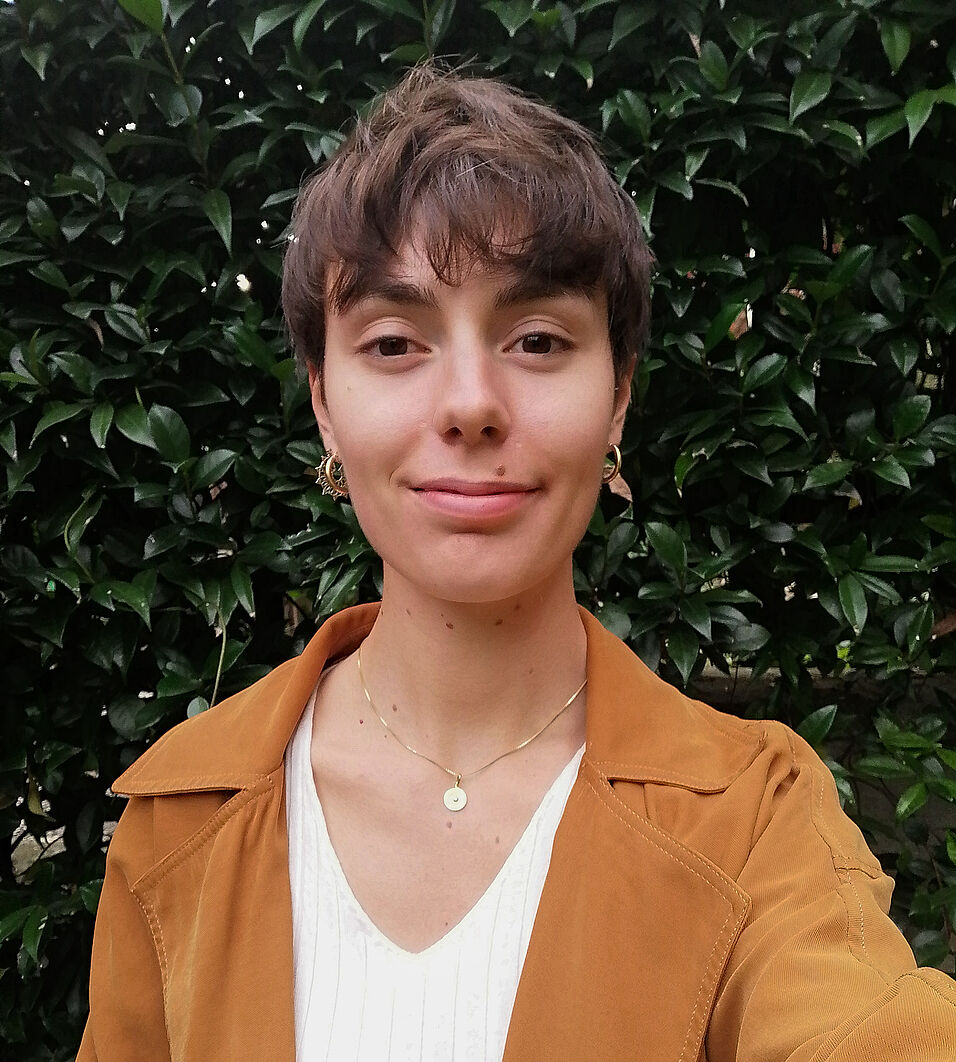PhD Student
Advisor: Tim Wollesen
Unit for Integrative Zoology, Department of Evolutionary Biology
University of Vienna
Abstract
Chaetognaths, also commonly known as arrow worms, are a major component of the marine zooplankton. Most of them are pelagic free-swimming animals, with the exception of few benthic species, such as Spadella cephaloptera. Chaetognaths are notorious mysterious organisms, as they exhibit several morphological features which are unique to this clade. This is particularly apparent with respect to mesoderm and mesoderm derivatives. For instance, at gastrula stage, the mesodermal tissue of the anterior pole in-pouches into the archenteron cavity and subsequently grows backwards, leading to the formation of two lateral and symmetric coelomic cavities. This peculiar morphogenetic movement of the mesoderm is different to all others and was coined "heterocoely".
In addition, chaetognaths do not possess specialized excretory organs, however other organs could play a role in the excretion of toxic compounds. For instance, a fenestrated myoepithelium, of mesodermal origin, has been described comprising podocytes. It lines the anterior tail coelom while in contact with the hemal fluid of the trunk in Ferosagitta hispida. It has been hypothesized that it has a role in filtering and directing toxic compounds from the trunk to the tail coelom, arguing in favor of them as excretion organs
Chaetognaths lack circular musculature and the longitudinal muscles of the adult do not show the well-described neuromuscular junctions, as the muscular cells are completely separated by the pre-synapses of the nervous system by a thick layer of extra-cellular matrix.
In this context, because mesoderm and mesoderm-derived tissues of chaetognaths show such peculiar and unique features, the main question which arises is whether cell types that constitute these mesodermal epithelia are homologs of cell types of mesodermal epithelia in other bilaterians. One indication for homology would be the expression of the same set of transcription factors and other conserved genes.
To address these questions, single-cell nuclei sequencing is exploited first at different life stages of S. cephaloptera to identify populations of mesodermal and mesoderm-derived cells and their marker genes. Subsequently, fluorescent and double-fluorescent in-situ hybridization experiments will document their putative expression domains which will then be compared to those of basally branching deuterostomes and other protostomes. Functional analyses using knock-out experiments of the selected marker genes via microinjection of single-hairpin RNAs will be performed and will elucidate the role of individual candidate genes.

